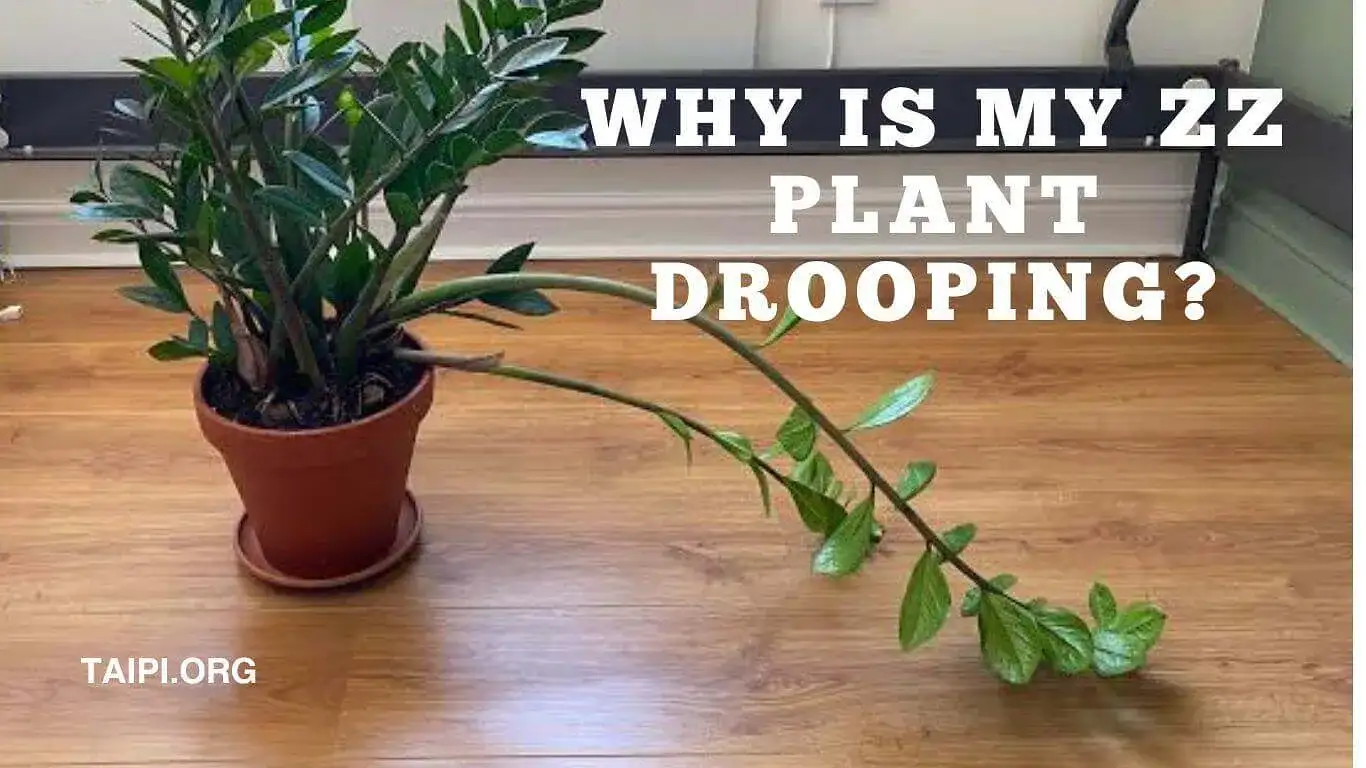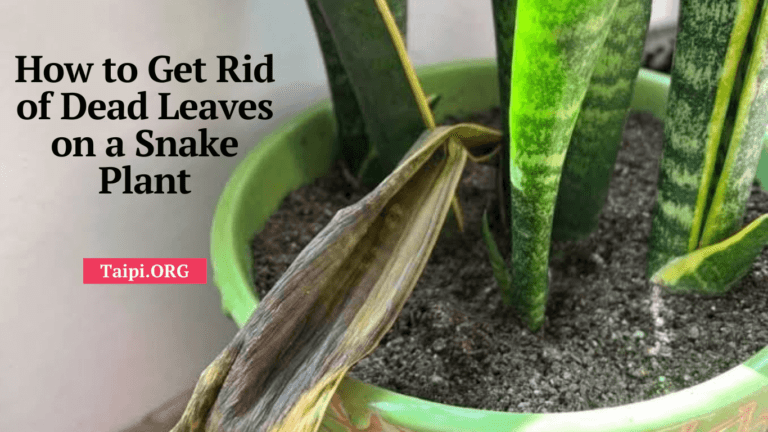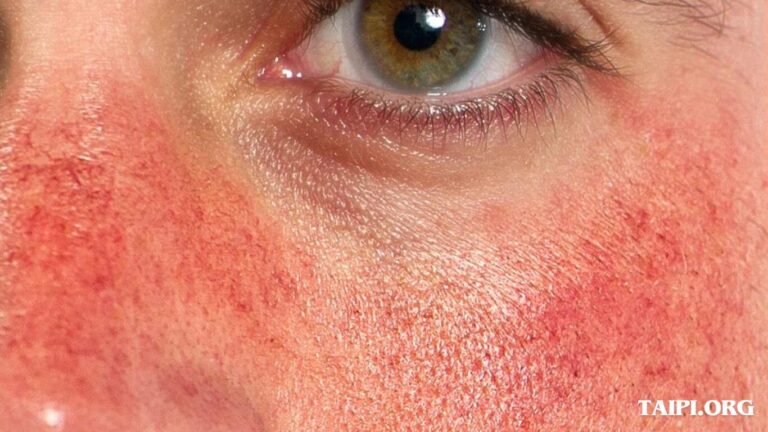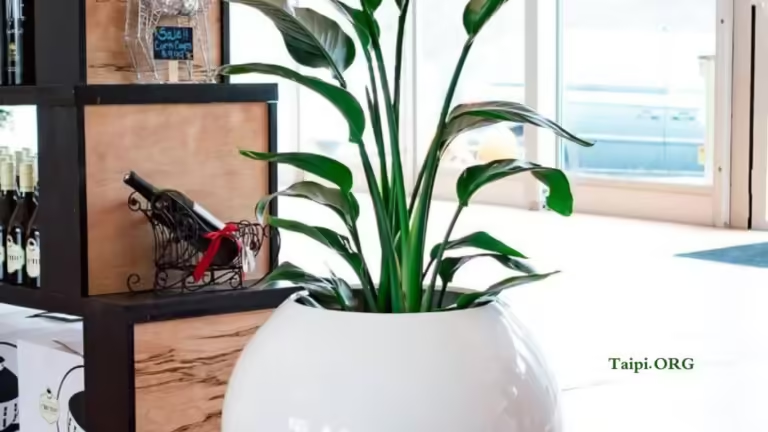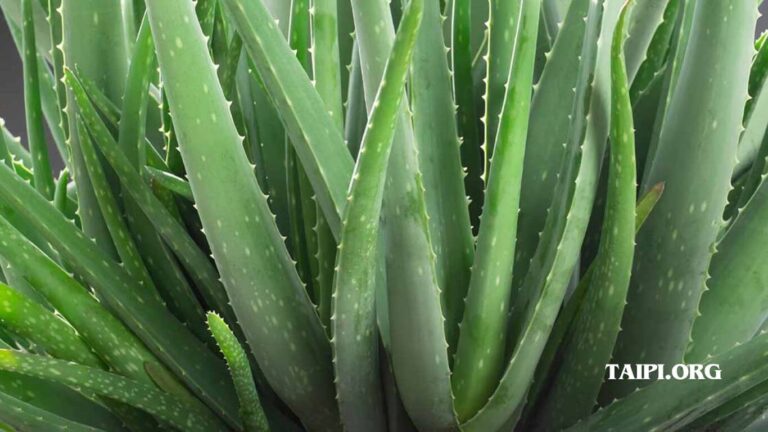Why is My ZZ Plant Drooping?
YOUR ZZ plant is drooping due to overwatering, underwatering, insufficient light, or poor soil conditions.
Understanding these factors is crucial to reviving your ZZ plant and promoting its overall health.
But there’s more than that.
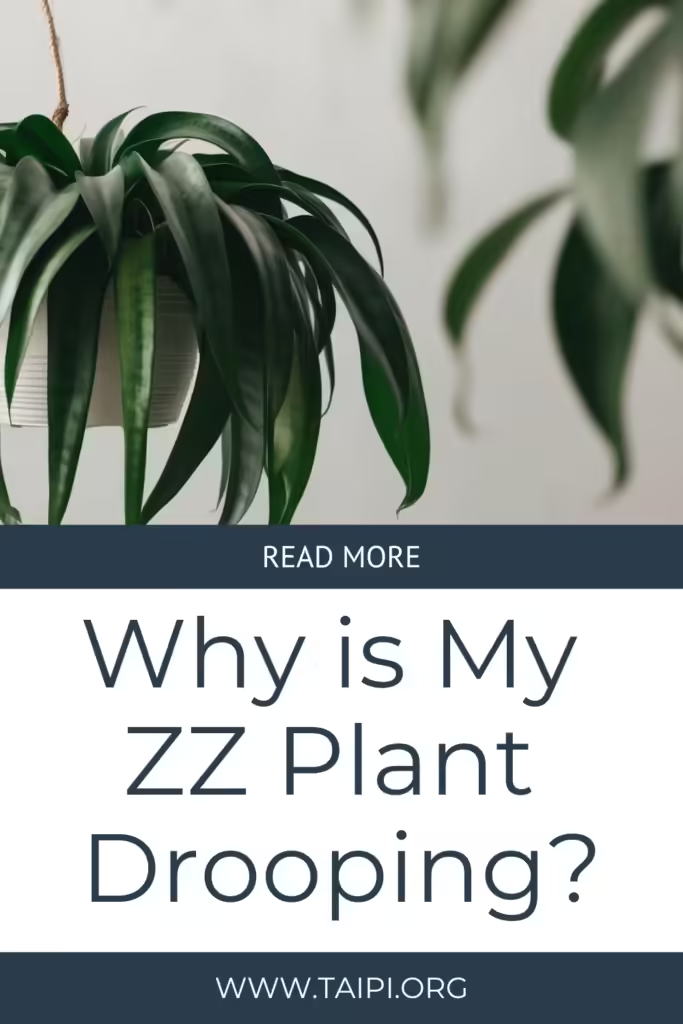
8 Reasons Your ZZ Plant is Drooping
Now, let’s look at each of these reasons:
1. Overwatering
One common reason for ZZ plant drooping is overwatering. ZZ plants prefer their soil to dry out between waterings.
If the soil is consistently too wet, the roots may rot, leading to drooping leaves.
Ensure that you allow the top inch of soil to dry out before watering again. Adjusting your watering routine can help restore your ZZ plant’s vigor.
2. Underwatering
On the other hand, underwatering can also cause drooping in ZZ plants. If the soil becomes too dry, the leaves may wilt.
Check the soil moisture regularly and water your ZZ plant when the top inch feels dry.
Providing a consistent watering schedule is essential for maintaining the plant’s turgidity.
3. Insufficient Light
ZZ plants are known for their ability to thrive in low light conditions, but they still require some light to remain healthy.
Drooping can occur if the plant is not receiving enough light.
Place your ZZ plant in a location with indirect, bright light to encourage upright growth. Avoid direct sunlight, as it can scorch the leaves.
4. Pot Size and Soil Quality

The size of the pot and the quality of the soil can impact the health of your ZZ plant. Ensure that the pot is large enough and has drainage holes (as shown above ⬆) to prevent waterlogging, and use well-draining soil to promote aeration.
Repotting your ZZ plant into fresh soil every few years can rejuvenate its root system and prevent drooping.
5. Temperature and Humidity
ZZ plants prefer average room temperatures and moderate humidity. Exposure to extreme temperatures or sudden temperature fluctuations can stress the plant, leading to drooping.
Maintain a consistent temperature and avoid placing your ZZ plant near drafts or heating/cooling vents.
6. Pests and Diseases
Pests are a menace! The most common indoor plant pests include spider mites and mealybugs. Besides, diseases like root rot can contribute to ZZ plant drooping.
Regularly inspect the plant for any signs of pests, like webbing or discolored spots.
If pests are present, treat the ZZ plant with an appropriate insecticide. For diseases, ensure proper watering practices to prevent waterlogged soil and consider using fungicides if necessary.
Related: How to Repot a Snake Plant with Root Rot
7. Fertilizer Issues
Over-fertilizing or under-fertilizing can impact the overall health of your ZZ plant, leading to drooping leaves.
Follow a balanced fertilization schedule during the growing season, typically spring and summer, and reduce or eliminate fertilization during the dormant period in fall and winter.
Use a well-balanced, fertilizer, especially water-soluble. Always dilute it according to the recommended guidelines.
8. Environmental Stress
Environmental stress factors such as drafts, sudden changes in humidity, or exposure to chemicals can cause ZZ plant drooping. Ensure that your ZZ plant is placed in a stable environment, away from drafts and harmful chemicals.
Additionally, avoid placing the plant near appliances that emit ethylene gas, as this can negatively impact its health.
How to Fix a Drooping ZZ Plant
Reviving a drooping ZZ plant involves identifying and addressing the underlying issues that may be causing the drooping. Here’s a step-by-step guide on how to fix a drooping ZZ plant:
Check Soil Moisture
Ensure that you are neither overwatering nor underwatering the ZZ plant.
Allow the top inch of soil to dry out before watering. Adjust your watering schedule accordingly.
Adjust Watering Practices
If the soil is consistently too wet, the roots may be rotting. Cut back on watering and let the soil dry out.
If the soil is dry, increase the frequency of watering to provide adequate moisture.
Examine Light Conditions
ZZ plants thrive in low light but still need some indirect, bright light. Ensure your plant is getting sufficient light.
Avoid direct sunlight, as it can scorch the leaves. Consider moving the plant to a location with better lighting.
Check Pot Size and Soil Quality
Make sure the ZZ plant is in a well-draining pot with drainage holes.
If the plant has outgrown its current pot, repot it into a slightly larger container with fresh, well-draining soil.
Inspect for Pests and Diseases
Examine the plant for signs of pests such as spider mites or mealybugs, as well as symptoms of diseases like root rot.
Treat any pests with an appropriate insecticide and address diseases by adjusting watering practices and using fungicides if necessary.
Evaluate Temperature and Humidity
Maintain a consistent room temperature and avoid exposing the ZZ plant to extreme temperature fluctuations.
Ensure the humidity levels are moderate, as ZZ plants prefer average humidity.
Review Fertilization
Check your fertilization practices. Over-fertilizing or under-fertilizing can lead to drooping leaves.
Follow a balanced fertilization schedule during the growing season, and use a well-balanced, water-soluble fertilizer.
Environmental Stress
Eliminate environmental stress factors such as drafts, sudden changes in humidity, or exposure to chemicals.
Keep the ZZ plant away from appliances that emit ethylene gas, which can harm the plant.
Prune
Trim any yellow or damaged leaves using clean, sharp scissors or pruning shears.
Pruning encourages new growth and improves the overall appearance of the plant.
Be Patient
After adjusting, give the ZZ plant some time to respond and recover as you monitor its progress, and make additional changes if needed.
By systematically addressing these factors, you can significantly improve the health of your drooping ZZ plant and encourage new growth.
Why is My ZZ Plant Drooping FAQs
Q: Why are the leaves of my ZZ plant turning yellow and drooping?
A: Yellowing and drooping leaves in ZZ plants can be caused by various factors such as overwatering, underwatering, or pests. Evaluate your watering practices and inspect the plant for signs of pests to determine the root cause.
Q: Can too much sunlight cause my ZZ plant to droop?
A: While ZZ plants are known for their tolerance of low light conditions, excessive sunlight can lead to leaf scorching and drooping. Ensure your ZZ plant is placed in a location with indirect, bright light to prevent stress and drooping.
Q: How often should I water my ZZ plant to prevent drooping?
A: ZZ plants prefer their soil to dry out between waterings. Water the plant when the top inch of soil feels dry. Overwatering can lead to root rot and drooping, so it’s essential to strike a balance and avoid keeping the soil consistently wet.
Q: Are there common pests that cause ZZ plant drooping, and how can I control them?
A: Yes, pests like spider mites and mealybugs can contribute to ZZ plant drooping. Regularly inspect your plant for signs of pests and treat them with appropriate insecticides. Additionally, maintaining a clean environment and avoiding overwatering can help prevent pest infestations.
Conclusion
In conclusion, a drooping ZZ plant can be a sign of various issues, ranging from water-related problems to insufficient light or improper potting conditions. By identifying the specific issue affecting your plant and taking corrective measures, you can revive your ZZ plant and enjoy its resilient beauty once again.

